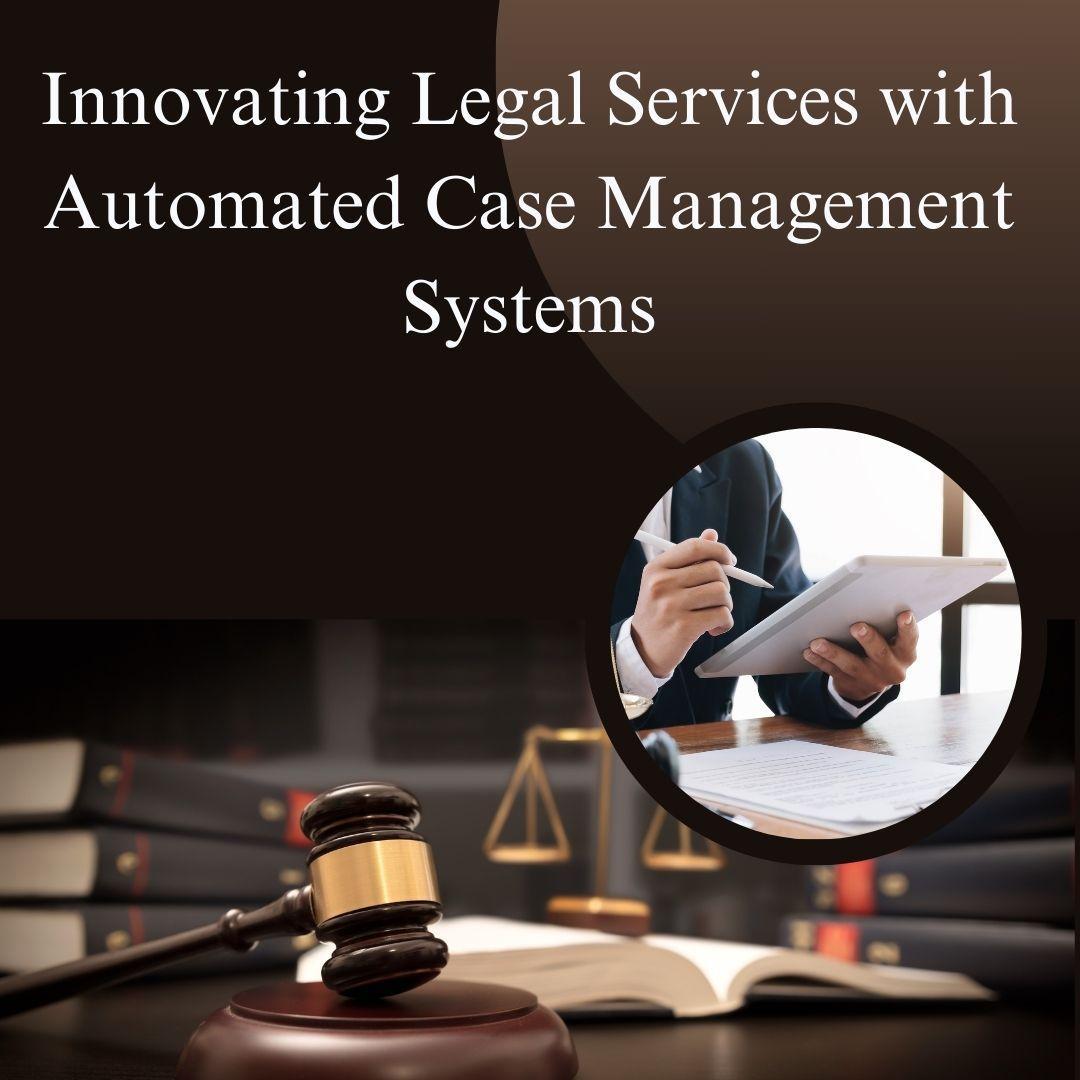In a rapidly evolving digital age, Sivasatyanarayanareddy Munnangi has emerged as a prominent innovator, shedding light on how automated case management systems are transforming access to justice. His recent analysis explores the cutting-edge frameworks and technological advancements that are revolutionizing the legal sector.
Bridging Justice Gaps with Automation
The global legal system faces persistent challenges, including overwhelming caseloads, limited resources, and unequal access to justice, which hinder timely resolutions. Automated case management systems offer transformative solutions by leveraging advanced algorithms, intelligent workflows, and data-driven insights. These systems streamline case processing, ensuring accurate documentation, reducing human error, and accelerating decision-making. By automating repetitive tasks, they alleviate administrative burdens, allowing legal professionals to focus on complex cases. Additionally, resource optimization ensures equitable distribution, improving access for underserved communities. This technological shift not only addresses case backlogs but also fosters transparency, efficiency, and fairness, paving the way for modernized, inclusive justice systems.
Intelligent Workflows for Seamless Operations
The integration of intelligent workflows is a standout feature of automation, transforming case management through machine learning algorithms. These systems analyze complexity and urgency to route cases with remarkable precision, boasting an 89% accuracy rate in decision-making. By automating this critical step, they minimize manual intervention, reducing delays and errors. This efficiency ensures that high-priority cases receive immediate attention, while simpler cases are handled promptly. As a result, legal processes become streamlined, fostering timeliness, consistency, and effectiveness in case management, ultimately enhancing access to justice and resource allocation across the legal system.
Transformative Impact on Legal Documentation
Advanced document management systems revolutionize the handling of high volumes of legal documentation, addressing critical challenges with precision. Equipped with multilingual processing capabilities, these systems ensure seamless management across diverse jurisdictions, achieving over 97% accuracy in document classification. By automating complex workflows and standardizing templates, they significantly reduce preparation times by 58%, enabling legal professionals to focus on strategic tasks. These systems enhance operational efficiency, minimize errors, and ensure compliance with jurisdictional standards. As a result, they streamline documentation processes, improve productivity, and foster a more effective and responsive legal environment.
Enhancing Transparency and Accountability
Automation also fosters transparency within the legal system. By generating detailed audit trails and real-time tracking, these platforms ensure comprehensive oversight. The ability to log and monitor thousands of actions daily has reduced procedural disputes by over 50%, instilling greater trust in the justice system.
Empowering Public Legal Services
Public defense systems, often constrained by limited resources, benefit significantly from automation. The integration of intelligent scheduling algorithms and automated workflows has led to a 38% increase in case-handling capacity. Similarly, in family law, streamlined processes have reduced uncontested divorce processing times by 41%, reflecting the system’s capability to address diverse legal scenarios effectively.
Societal Benefits of Digital Justice
The societal implications of these innovations are profound. Automated systems enhance access to justice for underserved communities, particularly in rural areas. Remote handling capabilities and multilingual support have expanded service reach, improving legal accessibility for non-native speakers by 93%. Moreover, the cost of legal services has been significantly reduced, making justice more affordable and inclusive.
Overcoming Technical Challenges
Implementing automated case management is not without challenges. Integrating legacy systems, migrating historical data, and addressing user resistance require robust solutions. Advances in adaptive middleware and intelligent training modules have addressed these hurdles, ensuring smooth transitions and improved system adoption rates.
The Road Ahead for Legal Automation
The future of automated case management lies in the integration of emerging technologies such as artificial intelligence and predictive analytics. These advancements promise greater efficiency, with AI-powered tools expected to enhance case outcome predictions and document analysis accuracy. Distributed processing frameworks and enhanced cybersecurity measures will further fortify these systems, enabling them to scale seamlessly with growing demands.
As Sivasatyanarayanareddy Munnangi aptly demonstrates, automated case management systems are reshaping the landscape of legal services. By combining innovation with accessibility, these technologies are bridging the gap between underserved communities and justice. The journey toward a fully digitalized legal system is still unfolding, but the transformative potential of these innovations is undeniable, promising a future of equitable, efficient, and transparent justice delivery.





























